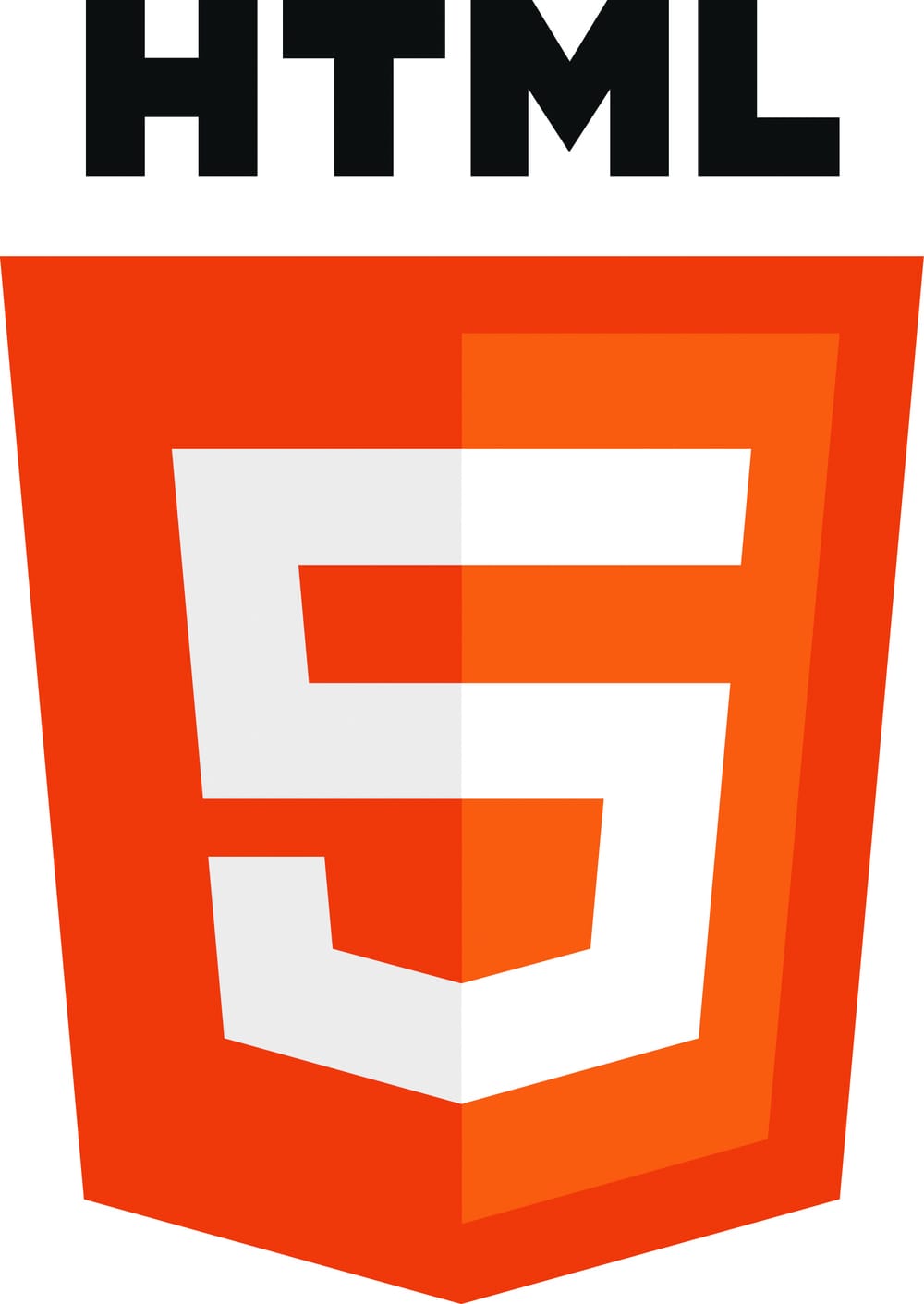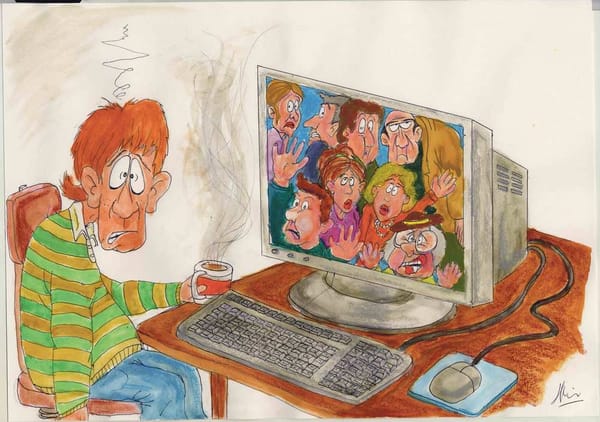Is it a bird? Is it a plane? No it’s super-HTML5!
It’s the standard’s standard, a pennant for progress. And it certainly doesn’t use tables for layout

HTML5, the HTML standard’s newest major revision, was finally given a visual identity last week with the introduction of a shiny new logo. The logo’s bright and blocky visage, along with the shield-like shape, has almost martial connotations. It represents a considerable evolution of the existing HTML standard, which is determined to transform the web as we know it. According to the World Wide Web Consortium (W3C), the logo “stands [as] strong and true, resilient and universal as the markup you write. It shines as bright and as bold as the forward-thinking, dedicated web developers you are. It’s the standard’s standard, a pennant for progress. And it certainly doesn’t use tables for layout.”
HTML5 is intended to replace its predecessor HTML 4.01 as the dominant markup standard used to create the Internet’s billions of pages. The need for a major revision of the HTML standard was borne by the ever-changing nature of the web and the content it delivers. In particular, the requirement of proprietary plug-ins and APIs used to display rich media content, such as video and audio. Indeed, one of HTML5’s most widely discussed new features has been the inclusion of the video tag, designed to standardise the way in which webpages handle video without the need for plug-ins of any sort. However, disagreements surrounding this feature have given rise to much debate and delay, hindering attempts to make the tag the new standard for displaying online video.
In particular, tech heavyweights Nokia and Apple have in the past publicly expressed concern about the specification’s recommendation of support for the Ogg video format. Following this, the recommendation was removed, and thus those web browsers that choose to support the HTML5 video tag, are free to support it using whichever underlying video formats they wish. This, it is argued, defeats what was the main motivation of the video tag in the first place – to help introduce a common, free, and open baseline format supported by all browsers, eliminating many of the unnecessary codecs currently required to view online video.
More recently, while video utilising the HTML5 video tag (primarily using the H.264 video format) has slowly begun to replace the widely used Flash for video content, some of the web’s biggest providers of online video remain cautious. YouTube for instance, cites the aforementioned lack of a standard video format, and lack of DRM, as two issues preventing the HTML5 video tag from meeting the requirements of its site. Popular US streaming video site Hulu similarly states the tag’s lack of content protection, as well as its inability to provide advertisers with viewership data, as two of its reasons for not having yet rolled out support for the new standard.
Will the new logo spell an end to the conflict, providing an ensign for corporations and web developers alike to rally around, unite under, and resolve their differences? Probably not, but at least it’s pretty.








